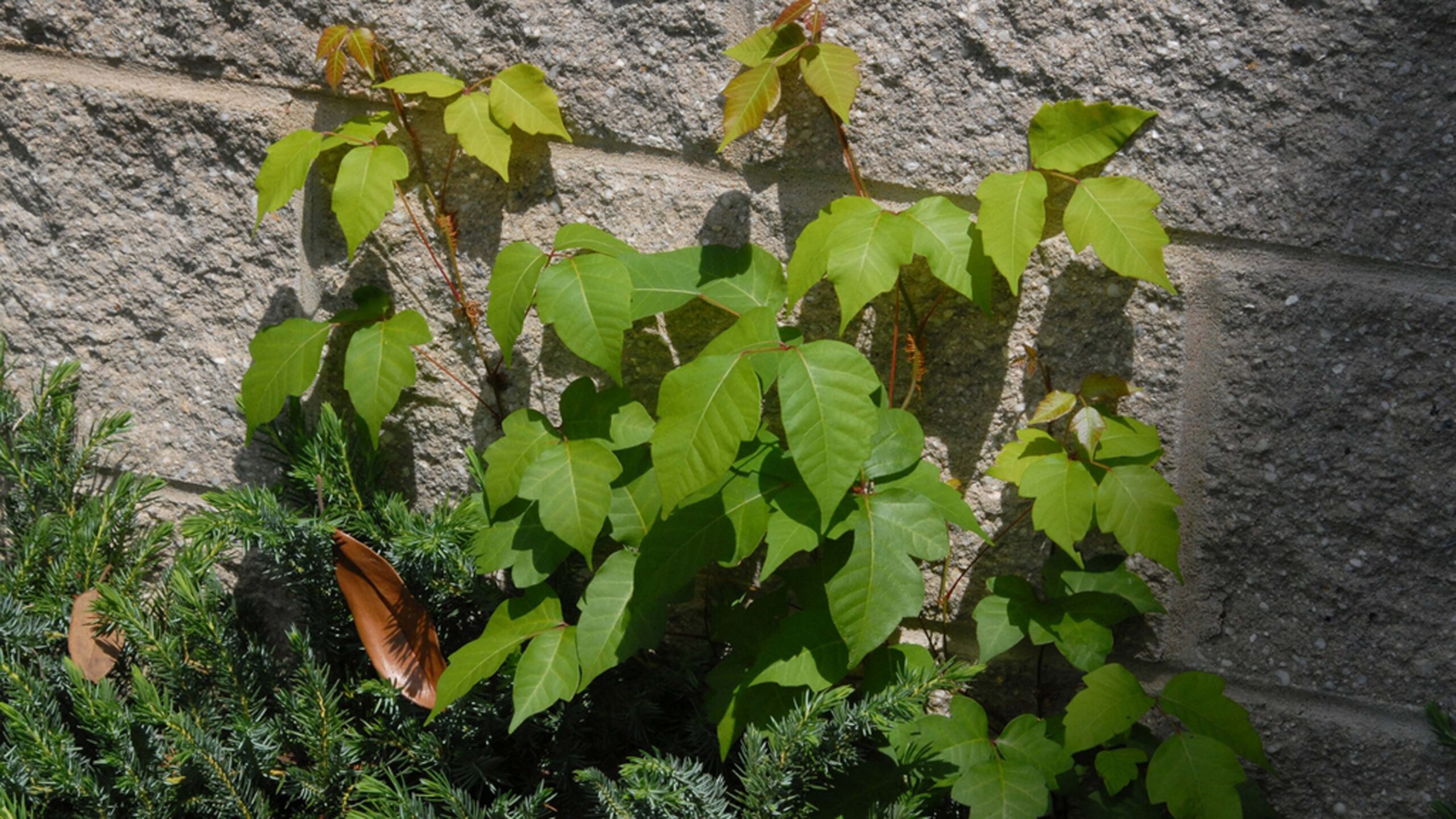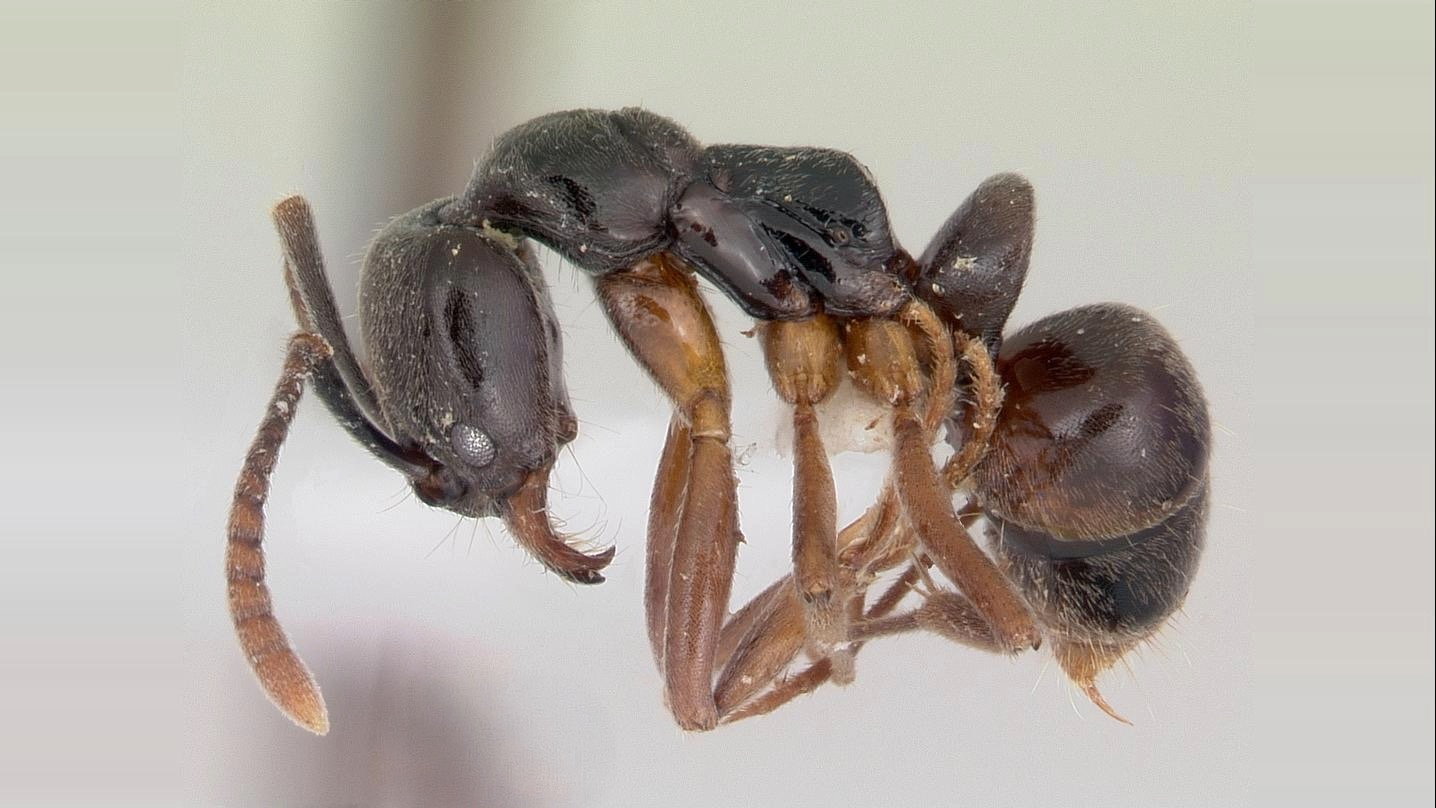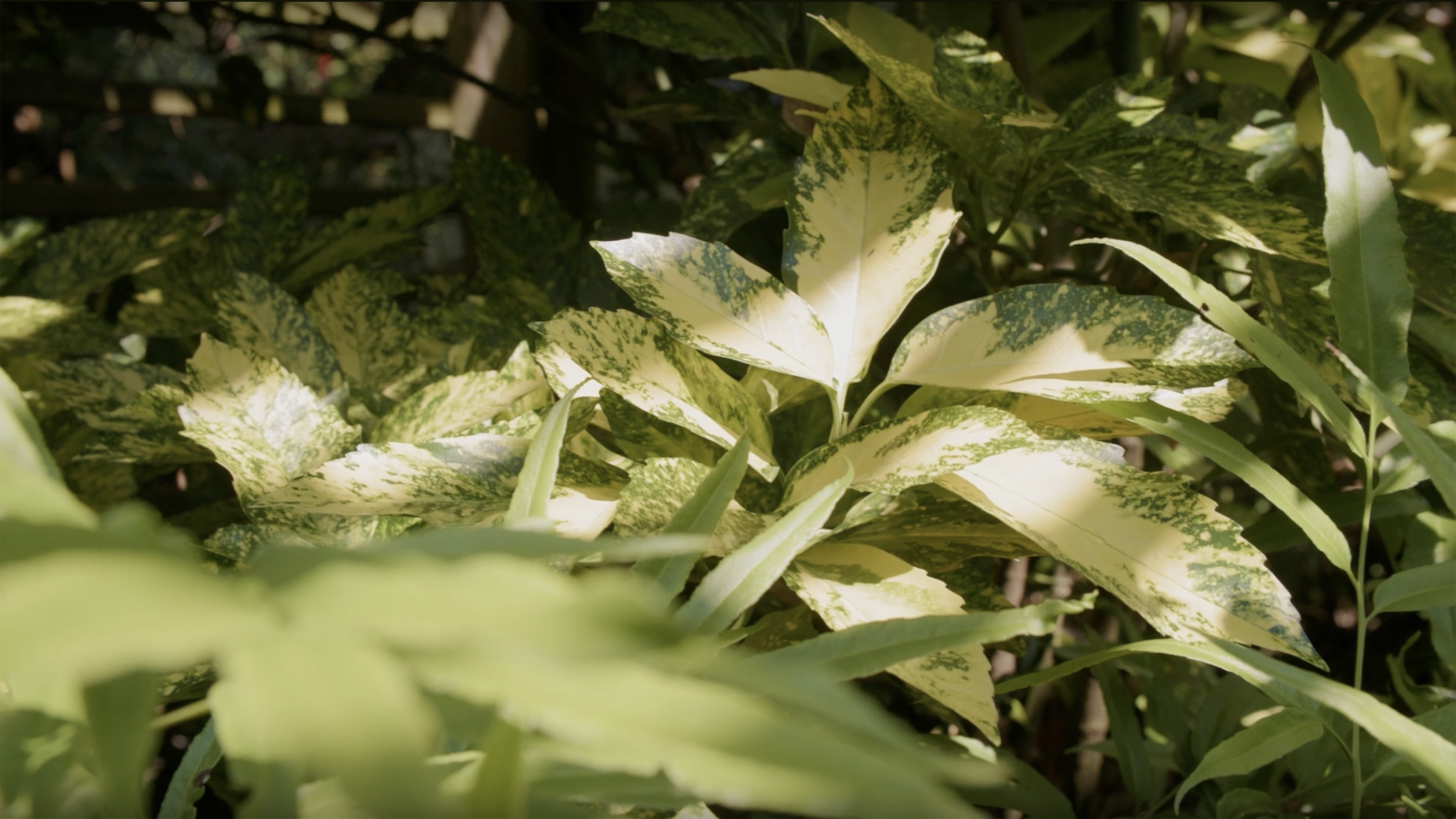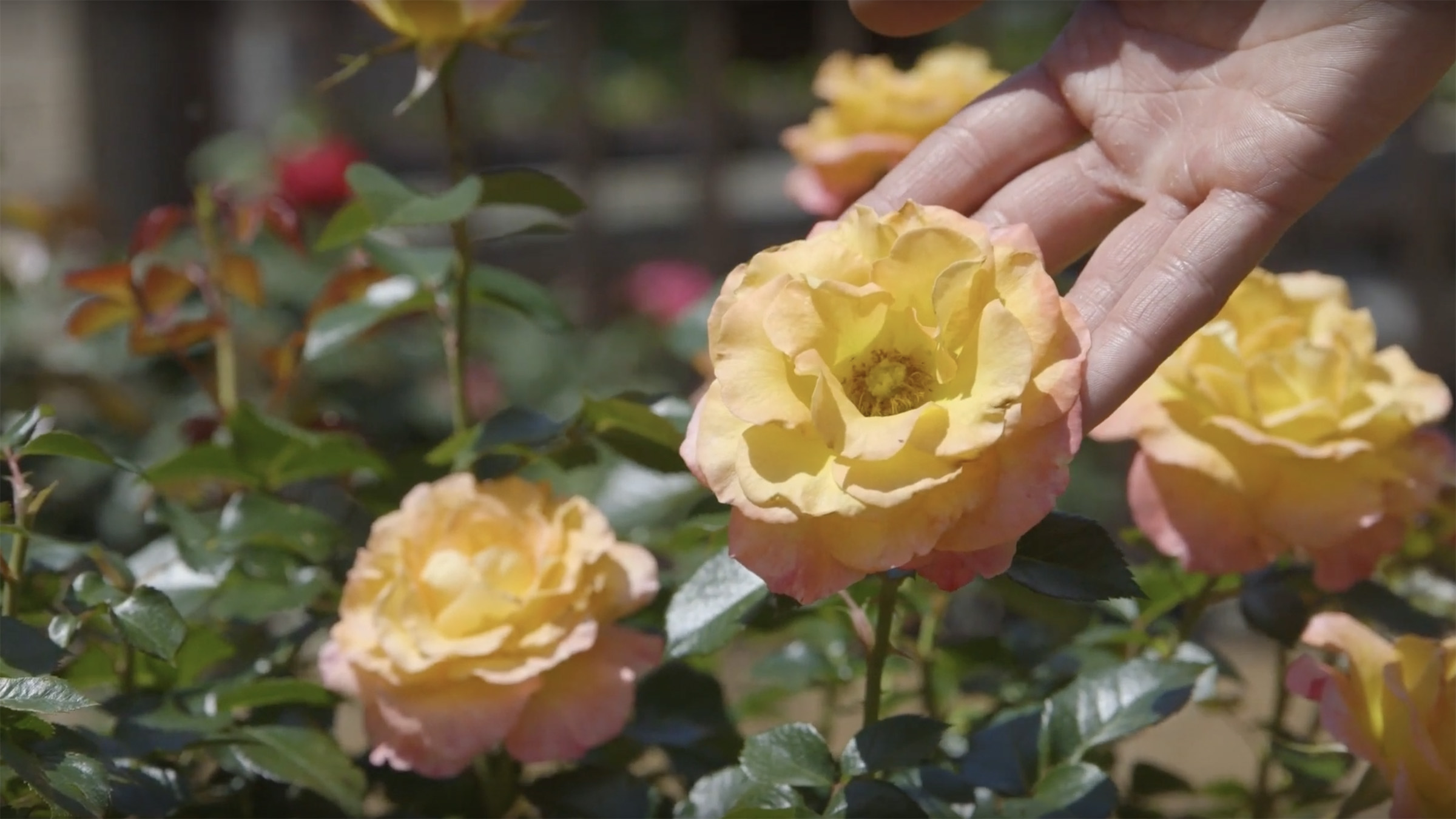Leaves of Three, Let It Be: How to Identify Poison Ivy
Poison ivy, oak and sumac are itchy summer staples in North Carolina
If you have spent much time outdoors during a North Carolina summer, chances are you have had a close encounter with one of the most reviled plants around – poison ivy. Along with its cousins, poison oak and poison sumac, these plants abound across our state in fields, forests and even your own neighborhood. Coming into contact with the oil from these plants can lead to itching, red rash and, eventually, blistering.
Be careful when mowing the lawn, as the debris can easily spread the itch-causing resin, urushiol.
Horticulture expert Matt Jones with N.C. Cooperative Extension joins Homegrown to show us how to identify poisonous plants that lurk around the corner. This knowledge is guaranteed to help you enjoy a more comfortable, itch-free summer!
Here are a few tips to protect yourself:
- Learn to recognize poisonous plants in your area
- Understand that these plants appear in different forms, most often as shrubs or vines
- Wear protective clothing and gloves when working outside
- Wash hands, clothing, and gardening or outdoor tools thoroughly, removing oil that may have stuck to it
If you are determined to learn by experience, here are a few tips on how to deal with a skin reaction:
- Wash thoroughly, then soak in cool water
- Apply an over the counter corticosteroid (if you are certain you are not allergic)
- Research various skin protectants like zinc, or apply baking soda or colloidal oatmeal
- Remember that we at Homegrown are not medical doctors, so consult your physician for medical advice as needed
More Resources
- NC State Extension Plants Database Profiles
- List of Poisonous Plants (NC State Extension Plants Database)
- Outsmarting Poison Ivy and Other Poisonous Plants (FDA)
View the Weeds chapter of the N.C. Extension Gardener Handbook for solutions to all of your weed needs!
- Categories:



